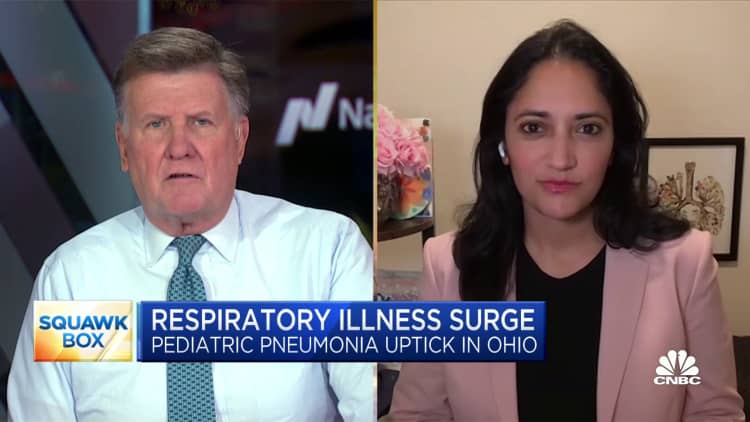Tom Werner | Digitalvision | Getty Images
As 2023 comes to an end, you may have just a few weeks left to use any leftover money in your health-care flexible savings account.
Employer-sponsored FSAs allow you to save pretax dollars and use the funds for qualified medical expenses. An individual can save up to $3,050 in these accounts in 2023.
However, unlike a health savings account, which roll over year to year, the funds in an FSA are considered “use it or lose it,” said certified financial planner and physician Carolyn McClanahan, founder of Life Planning Partners in Jacksonville, Florida. She is also a member of CNBC’s Financial Advisor Council.
Depending on your employer, you may have some leeway.
A bit less than half, 42%, of employers offer a rollover, according to Employee Benefit Research Institute data from 2021. This year, that means you can take up to $610 into 2024. Another 26% of employers offer a grace period, which gives you an extra two and a half months to spend down 2023 funds.
The remaining 33% of employers don’t offer either accommodation. Almost half, or 48%, of workers in that situation end up forfeiting some of their pretax dollars, according to the EBRI.
It’s common for workers to not know what their employer’s FSA rules are. If you’re uncertain, reach out to your company’s human resources department, Jake Spiegel, research associate at the institute, previously told CNBC.
Here are seven ways you may want to take advantage of those leftover savings while you can.
1. Invest in a biometric or fitness tracker
Consumers have a new opportunity: You can now purchase certain biometric or fitness trackers, such as an Oura Ring or a Withings ScanWatch, as an eligible FSA or HSA expense. Otherwise, taxpayers can only use FSA funds to purchase an activity tracker such as a Fitbit or a Garmin if they provide a letter of medical necessity from their doctor.
2. Squeeze in year-end doctor’s visits
If you’ve been meaning to visit any of your doctors, try to schedule it in the next few weeks. Typically, visits and consults are covered, and you’re getting those expenses in before your deductible resets at the start of next year.
If you can’t make it in person, telehealth visits are also covered. You can use your funds for dental care as well, for procedures such as routine dental cleaning, root canals, braces and other out-of-pocket expenses.
3. Stock up on over-the-counter medications
The CARES Act of March 2020 removed prescription requirements to use FSA funds for many over-the-counter medicines. You can buy a supply of nonprescription medications such as pain relievers, cough medications, sleep aids and other treatments.
This can be a smart move as we move into cold and flu season, or if Covid cases pick up in your area.

4. Purchase women’s health products
Back in 2020, the IRS approved women’s menstrual products such as pads and tampons as eligible items under an FSA. Birth control and other contraceptives also count, as long as you show a medical prescription.
5. Buy certain skin care products
You can use your FSA savings for eczema-approved creams and lotions. It may be good to stock up on these items as cold weather brings on dry skin. Sunscreens with SPF 15+ are covered as well as any acne treatments with certain ingredients such as salicylic acid.
You don’t need to buy these products exclusively at health retail stores. Certain skin care purchases at beauty retailers such as Sephora and Ulta may qualify, too.
6. Plan ahead for a new baby
New and expectant parents can use their FSA funds for baby products such as diaper rash cream, baby breathing monitors and baby sunscreen.
7. Prepare for New Year’s resolutions
If your New Year’s resolution is to quit smoking, you can purchase OTC gum and patches, prescribed medications and pay for smoking cessation programs with your FSA funds.
How to use FSA funds wisely
In 2024, employees can contribute as much as $3,200 to a health FSA, the IRS said in November.
To avoid having too much left to spend down at the last minute in future years, pay attention to your balance and make efforts to use your funds throughout the year, said McClanahan. When it’s open enrollment time, look at your expenses in recent years to ensure you’re not putting aside too much money.
Those steps can help make sure “you’re actually using it wisely and not wasting it,” she said.

